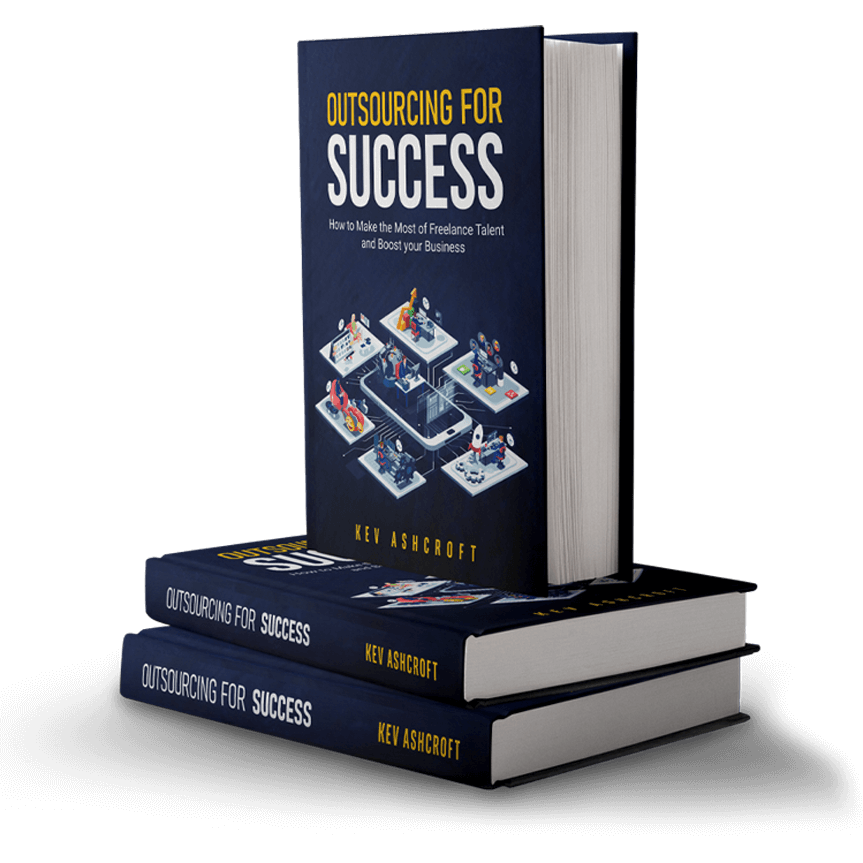You’ve spent time creating a detailed job post and freelancer applications are steadily streaming in. Now, it’s time to start narrowing down your list so that you can pick the right freelancer for your project.
When you first see all the applications you need to sift through, this process can feel quite overwhelming, which is why I created these guidelines.
Shortlisting Freelancers (and What to Ask Them)
Shortlisting freelancers means picking the people who have the most relevant skills and experience for the job. To determine whether this is the case, look at the following:
- Freelancer profile. Start by looking at the freelancer’s profile. What skills have they listed and how much experience do they have? You should also read through reviews from past clients to get a better understanding of what you can expect by working with them.
- Next, make sure that the freelancer has enough availability to complete your project. Platforms such as Upwork will show how much time a freelancer has available.
- Freelancer proposal. Most outsourcing platforms will require freelancers to submit a proposal when applying for a project. Read through the freelancer’s proposal and look for signs that they understood the project requirements. A freelancer that really wants to be a part of a project will send a personalised proposal and not a generic message.
Now that you’ve created a shortlist of candidates, it’s time to ask a few questions. Here are some examples of questions you might want to ask:
- Are you able to send me samples of your work?
- Are there any samples you can send me that are similar to my project?
- Can you devote the required number of hours to my project every week?
- When are you able to start?
- How long do you think you will take to complete the project?
- What does your quotation include?
Interviewing Shortlisted Freelancers – Tips to Find the Perfect Match
If you are satisfied with the answers that each of the shortlisted candidates gave you, you can move onto phone or video interviews. To ensure you get the most out of each interview, here are some tips:
- Pick a reasonable time. Since not all freelancers will share your time zone, you may need to find a time that works for both of you. Asking to speak to a freelancer at an odd hour may put them on the back foot because they’re tired, which means you might be losing out on a potentially good candidate.
- Prepare. Have some notes available on each freelancer before the interview. This way, you have their experience and skills in front of you and you can ask questions accordingly. Before you start asking questions though, provide the freelancer with a background on your business and what the project entails. You can then ask questions related to their skills and how they pertain to your project. Don’t forget to give the freelancer a chance to ask their own questions before you end the interview.
- Confirm the details. Lastly, get confirmation from the freelancer that they are happy with the project requirements, schedule, and rates. It’s also important to request clear communication should they not be able to meet deadlines or if they feel they might need more hours.
Bear in mind that some freelancers may not be comfortable taking part in an audio or video call. You need to decide if you are comfortable with a text-only interview. For example, many people in the Philipines are fairly shy and simply won’t progress further if you say an audio or video call is a must. You need to weigh up whether losing a great candidate just because you want an audio or video interview is worth it. There are benefits and drawbacks to both.
There is no need to give a freelancer an answer in the interview. Wait until you have evaluated all the candidates before you make a decision.
Not every freelancer is going to be the right fit for your project. Some projects might require more time to find the ideal freelancer, so be prepared for that.
Need help with your outsourcing? Schedule your free 15 minute call.



